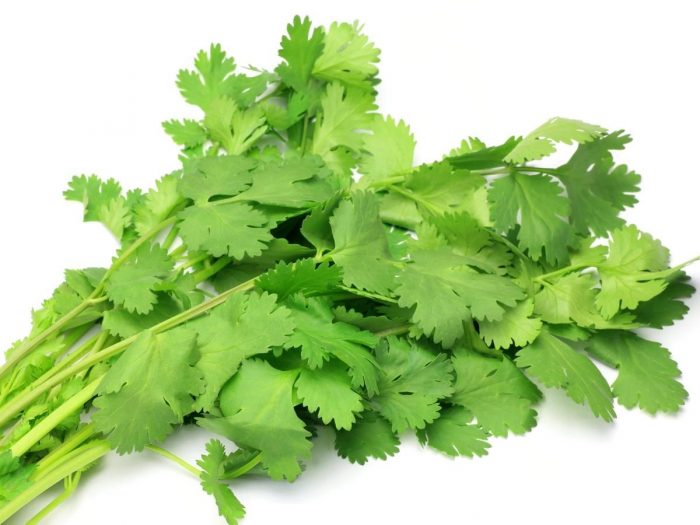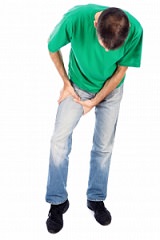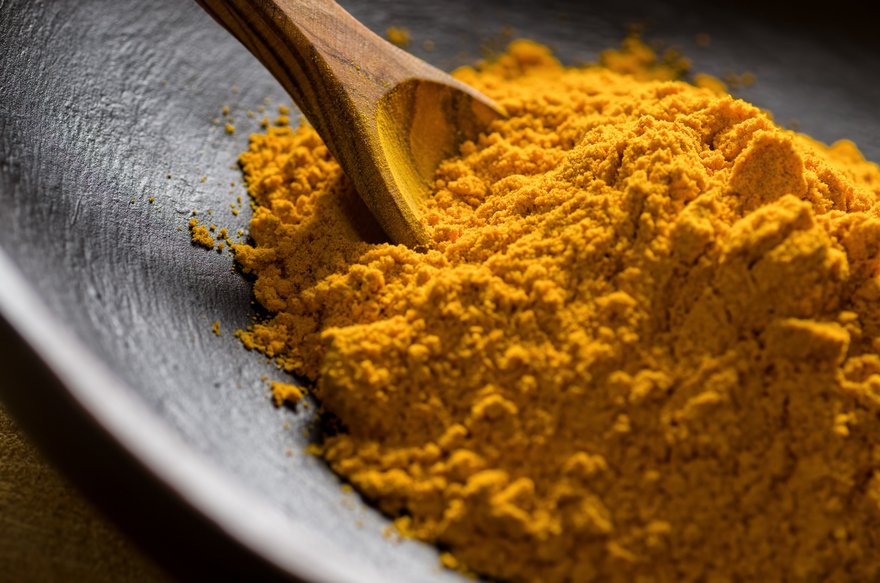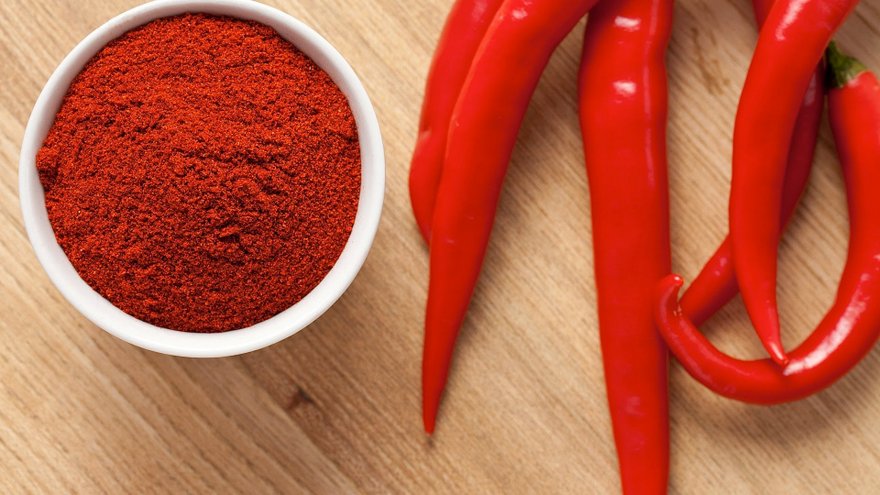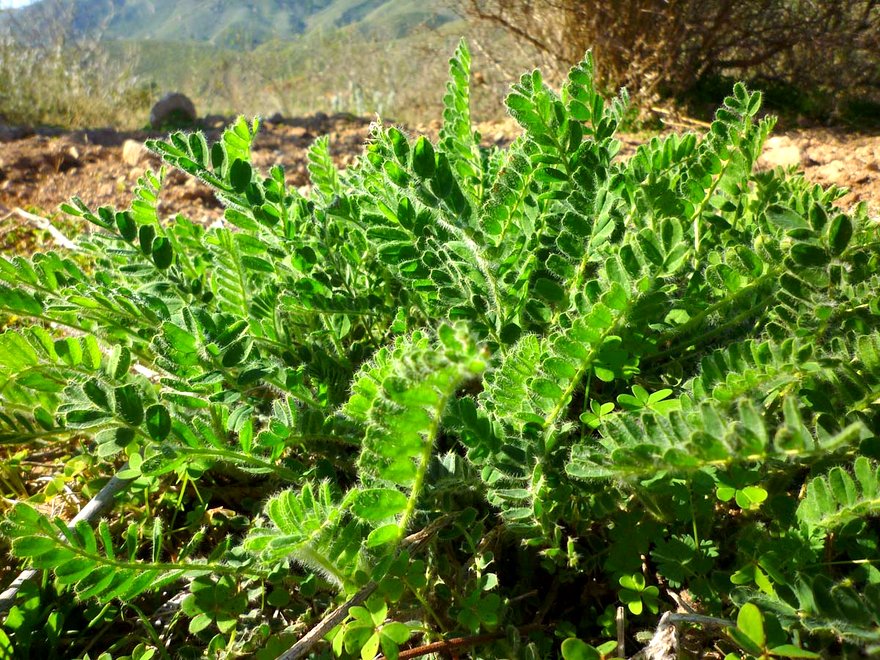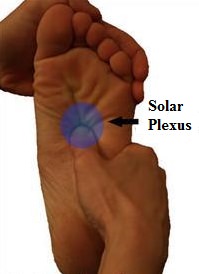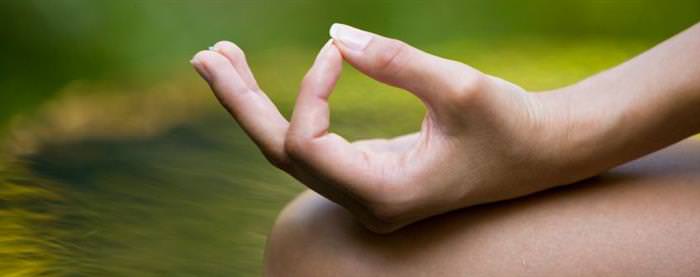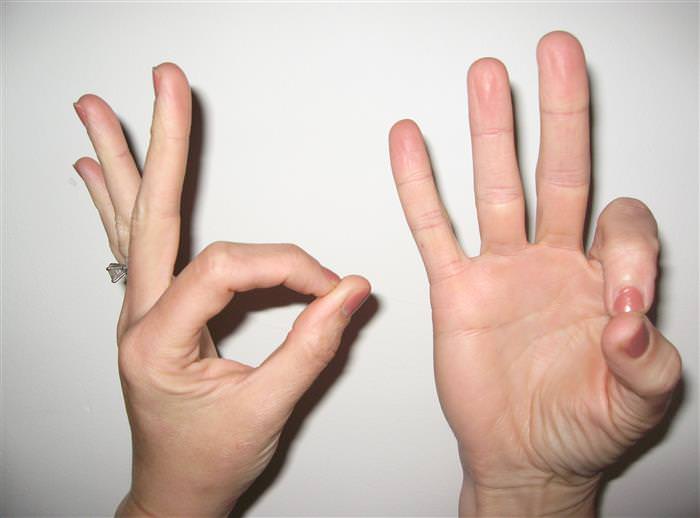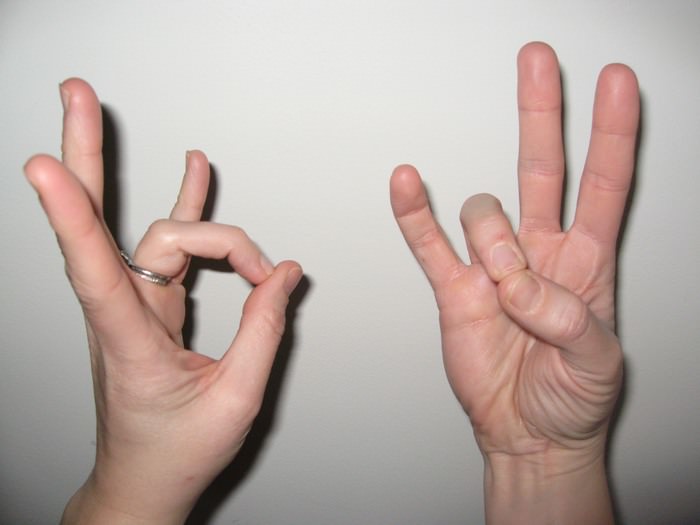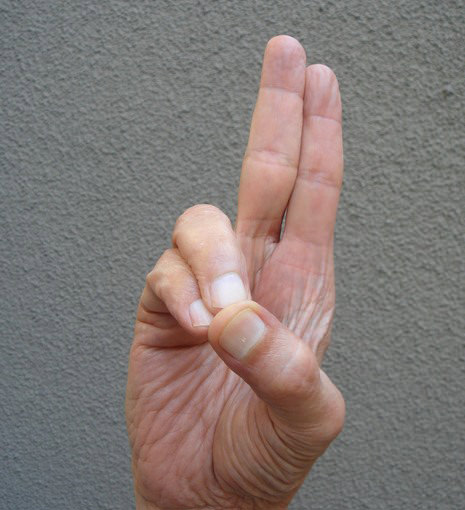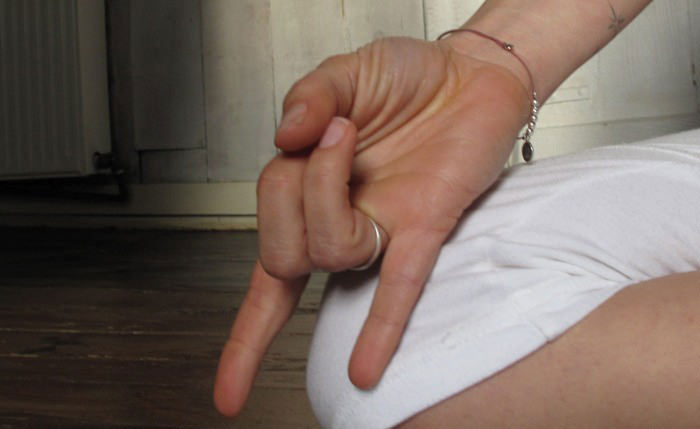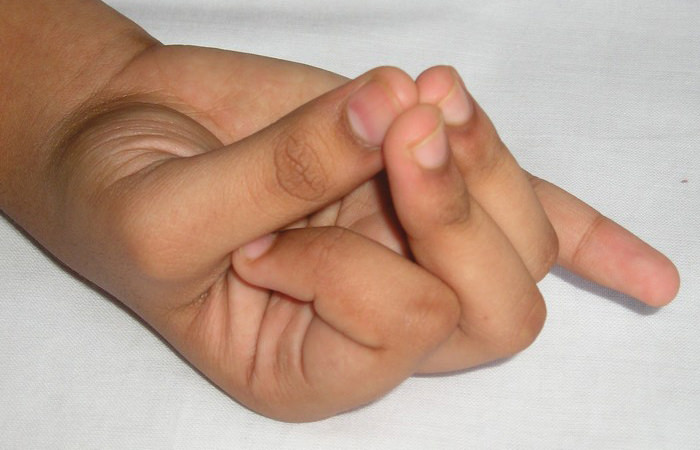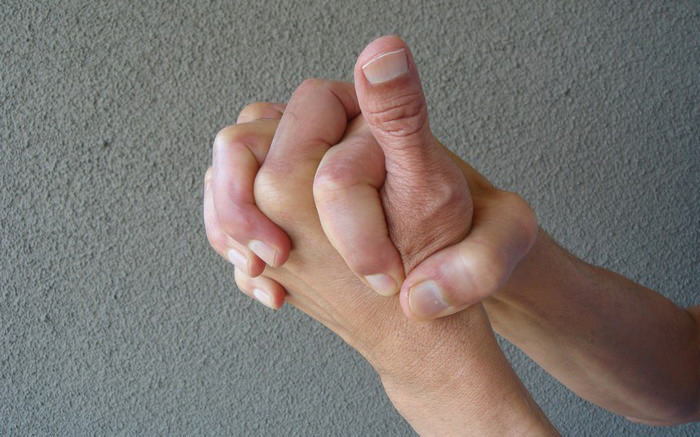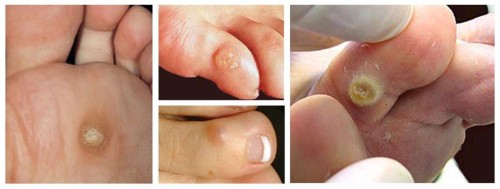P.J.
0
Endometriosis
Endometriosis
Endometriosis (say "en-doh-mee-tree-OH-sus") is a problem many women have during their childbearing years. It means that a type of tissue that lines your uterus is also growing outside your uterus. This does not always cause symptoms. And it usually isn't dangerous. But it can cause pain and other problems.
The clumps of tissue that grow outside your uterus are called implants. They usually grow on the ovaries, the fallopian tubes, the outer wall of the uterus, the intestines, or other organs in the belly. In rare cases they spread to areas beyond the belly.
Your uterus is lined with a type of tissue called endometrium (say "en-doh-MEE-tree-um"). Each month, your body releases hormones that cause the endometrium to thicken and get ready for an egg. If youget pregnant, the fertilized egg attaches to the endometrium and starts to grow. If you do not get pregnant, the endometrium breaks down, and your body sheds it as blood. This is your menstrual period
When you have endometriosis, the implants of tissue outside your uterus act just like the tissue lining your uterus. During your menstrual cycle, they get thicker, then break down and bleed. But the implants are outside your uterus, so the blood cannot flow out of your body. The implants can get irritated and painful. Sometimes they form scar tissue or fluid-filled sacs (cysts). Scar tissue may make it hard to get pregnant.
Experts don't know what causes endometrial tissue to grow outside your uterus. But they do know that the female hormone estrogenmakes the problem worse. Women have high levels of estrogen during their childbearing years. It is during these years-usually from theirteens into their 40s-that women have endometriosis. Estrogen levelsdrop when menstrual periods stop (menopause). Symptoms usually go away then.
The most common symptoms are:
Endometriosis varies from woman to woman. Some women don't know that they have it until they go to see a doctor because they can't get pregnant or have a procedure for another problem. Some have mild cramping that they think is normal for them. In other women, the pain and bleeding are so bad that they aren't able to work or go to school.
Many different problems can cause painful or heavy periods. To find out if you have endometriosis, your doctor will:
If it seems like you have endometriosis, your doctor may suggest that you try medicine for a few months. If you get better using medicine, you probably have endometriosis.
To find out if you have a cyst on an ovary, you might have an imaging test like an ultrasound, an MRI, or a CT scan. These tests show pictures of what is inside your belly.
The only way to be sure you have endometriosis is to have a type of surgery called laparoscopy (say "lap-uh-ROSS-kuh-pee"). During this surgery, the doctor puts a thin, lighted tube through a small cut in your belly. This lets the doctor see what is inside your belly. If the doctor finds implants, scar tissue, or cysts, he or she can remove them during the same surgery.
There is no cure for endometriosis, but there are good treatments. You may need to try several treatments to find what works best for you. With any treatment, there is a chance that your symptoms could come back.
Treatment choices depend on whether you want to control pain or you want to get pregnant. For pain and bleeding, you can try medicines or surgery. If you want to get pregnant, you may need surgery to remove the implants.
Treatments for endometriosis include:
As a last resort for severe pain, some women have their uterus and ovaries removed (hysterectomy and oophorectomy). If you have your ovaries taken out, your estrogen level will drop and your symptoms will probably go away. But you may have symptoms of menopause, and you will not be able to get pregnant.
If you are getting close to menopause, you may want to try to manage your symptoms with medicines rather than surgery. Endometriosis usually stops causing problems when you stop having periods.
WebMD Medical Reference from Healthwise

Last Updated: March 12, 2014
This information is not intended to replace the advice of a doctor. Healthwise disclaims any liability for the decisions you make based on this information.
true
http://www.webmd.com/women/endometriosis/endometriosis-topic-overview?page=3
Endometriosis
Endometriosis (say "en-doh-mee-tree-OH-sus") is a problem many women have during their childbearing years. It means that a type of tissue that lines your uterus is also growing outside your uterus. This does not always cause symptoms. And it usually isn't dangerous. But it can cause pain and other problems.
The clumps of tissue that grow outside your uterus are called implants. They usually grow on the ovaries, the fallopian tubes, the outer wall of the uterus, the intestines, or other organs in the belly. In rare cases they spread to areas beyond the belly.
Your uterus is lined with a type of tissue called endometrium (say "en-doh-MEE-tree-um"). Each month, your body releases hormones that cause the endometrium to thicken and get ready for an egg. If youget pregnant, the fertilized egg attaches to the endometrium and starts to grow. If you do not get pregnant, the endometrium breaks down, and your body sheds it as blood. This is your menstrual period
When you have endometriosis, the implants of tissue outside your uterus act just like the tissue lining your uterus. During your menstrual cycle, they get thicker, then break down and bleed. But the implants are outside your uterus, so the blood cannot flow out of your body. The implants can get irritated and painful. Sometimes they form scar tissue or fluid-filled sacs (cysts). Scar tissue may make it hard to get pregnant.
Experts don't know what causes endometrial tissue to grow outside your uterus. But they do know that the female hormone estrogenmakes the problem worse. Women have high levels of estrogen during their childbearing years. It is during these years-usually from theirteens into their 40s-that women have endometriosis. Estrogen levelsdrop when menstrual periods stop (menopause). Symptoms usually go away then.
The most common symptoms are:
- Pain. Where it hurts depends on where the implants are growing. You may have pain in your lower belly, your rectum or vagina, or your lower back. You may have pain only before and during your periods or all the time. Some women have more pain during sex, when they have a bowel movement, or when their ovaries release an egg (ovulation).
- Abnormal bleeding. Some women have heavy periods, spotting or bleeding between periods, bleeding after sex, or blood in their urine or stool.
- Trouble getting pregnant (infertility). This is the only symptom some women have.
Endometriosis varies from woman to woman. Some women don't know that they have it until they go to see a doctor because they can't get pregnant or have a procedure for another problem. Some have mild cramping that they think is normal for them. In other women, the pain and bleeding are so bad that they aren't able to work or go to school.
Many different problems can cause painful or heavy periods. To find out if you have endometriosis, your doctor will:
- Ask questions about your symptoms, your periods, your past health, and your family history. Endometriosis sometimes runs in families.
- Do a pelvic exam. This may include checking both your vagina andrectum.
If it seems like you have endometriosis, your doctor may suggest that you try medicine for a few months. If you get better using medicine, you probably have endometriosis.
To find out if you have a cyst on an ovary, you might have an imaging test like an ultrasound, an MRI, or a CT scan. These tests show pictures of what is inside your belly.
The only way to be sure you have endometriosis is to have a type of surgery called laparoscopy (say "lap-uh-ROSS-kuh-pee"). During this surgery, the doctor puts a thin, lighted tube through a small cut in your belly. This lets the doctor see what is inside your belly. If the doctor finds implants, scar tissue, or cysts, he or she can remove them during the same surgery.
There is no cure for endometriosis, but there are good treatments. You may need to try several treatments to find what works best for you. With any treatment, there is a chance that your symptoms could come back.
Treatment choices depend on whether you want to control pain or you want to get pregnant. For pain and bleeding, you can try medicines or surgery. If you want to get pregnant, you may need surgery to remove the implants.
Treatments for endometriosis include:
- Over-the-counter pain medicines like ibuprofen (such as Advil orMotrin) or naproxen (such as Aleve). These medicines are called anti-inflammatory drugs, or NSAIDs. They can reduce bleeding and pain.
- Birth control pills are often used to treat endometriosis. Most women can use them safely for years. But you cannot use them if you want to get pregnant.
- Hormone therapy. This stops your periods and shrinks implants. But it can cause side effects, and pain may come back after treatment ends. Like birth control pills, hormone therapy will keep you from getting pregnant.
- Laparoscopy to remove implants and scar tissue. This may reduce pain, and it may also help you get pregnant.
As a last resort for severe pain, some women have their uterus and ovaries removed (hysterectomy and oophorectomy). If you have your ovaries taken out, your estrogen level will drop and your symptoms will probably go away. But you may have symptoms of menopause, and you will not be able to get pregnant.
If you are getting close to menopause, you may want to try to manage your symptoms with medicines rather than surgery. Endometriosis usually stops causing problems when you stop having periods.
| Learning about endometriosis: | |
| Being diagnosed: | |
| Getting treatment: |
|
| Ongoing concerns: |
|
WebMD Medical Reference from Healthwise

Last Updated: March 12, 2014
This information is not intended to replace the advice of a doctor. Healthwise disclaims any liability for the decisions you make based on this information.
true
http://www.webmd.com/women/endometriosis/endometriosis-topic-overview?page=3




